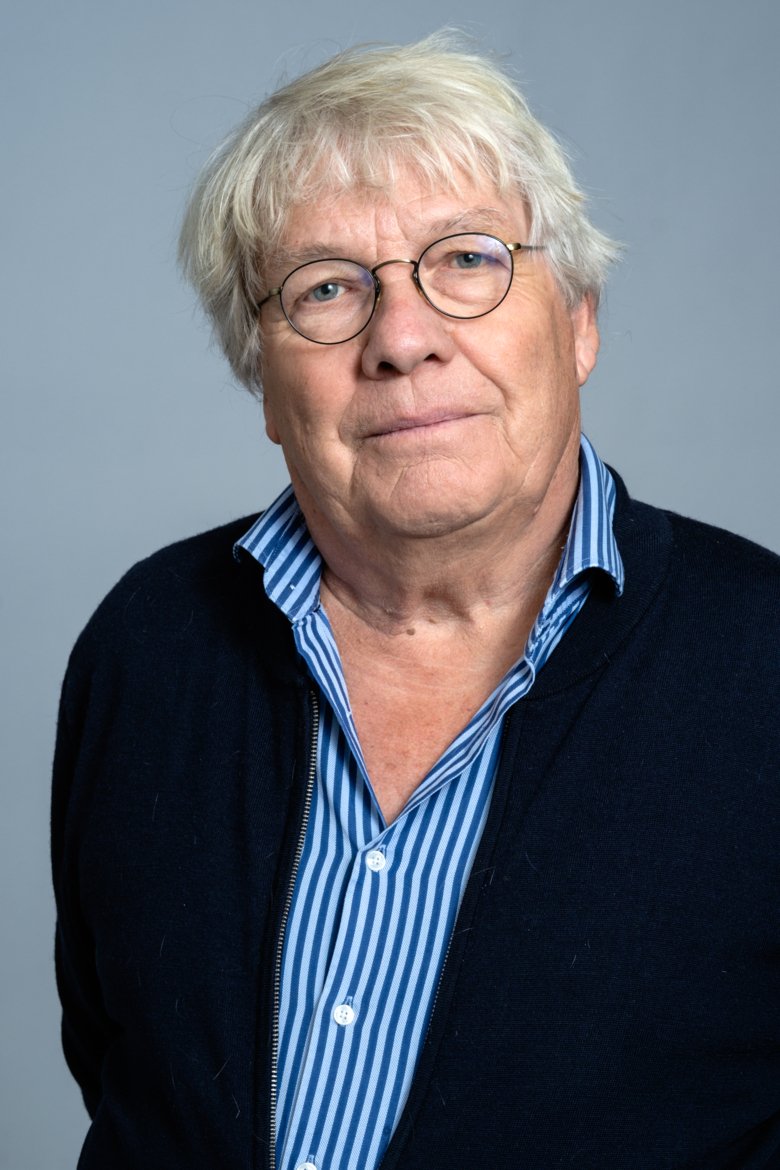Unexpectedly large contribution made by KI’s elder professors

In the spring of 2022, the network Senior Faculty at KI conducted a survey on the activities of KI professors born in or before 1953. The results show that the professors are still heavily engaged in research and bring close to SEK 300 million a year into the university.
“We were surprised that the elder professors are so active and at the sheer size of the sums involved,” says Magnus Ingelman-Sundberg, professor at the Department of Physiology and Pharmacology at Karolinska Institutet, one of the initiators of the survey. “By no means everyone is aware of the huge work and competence potential of the professors who have reached retirement age, and which, above all, benefits research and doctoral education at KI.”
The survey was carried out by the Senior Faculty researcher network as part of the efforts to raise awareness of the activities of professors who have reached retirement age. It was distributed to all appointed professors born in or before 1953 and had a response rate of 79 per cent, with a total of 86 returns.
Contribution of SEK 300 million
The responses were compiled in a report showing that the professors’ nonprofit research, over and above the remuneration paid from KI based on external funding, corresponds to about 50 full-time positions. When this is added to the external funding reported by the professors, it gives the university additional revenues of almost SEK 300 million a year.

“It’s important to demonstrate what an asset we elder professors are,” says Professor Ingelman-Sundberg. “The received wisdom is that we somehow deprive our younger colleagues. The implication is that we take money from the department that could have gone to younger researchers, however almost all funding including the salaries is based on external grants. Today, we’re on the author list of one in ten published papers from KI, and on 18 per cent of the highest ranking ones.”
The survey also included questions about KI’s employment rules for professors who have passed retirement age. An annual evaluation is made of the activities of elder professors, who report their funding and production for the year and their expectations for the coming years. KI has also ruled that their professorship must not exceed 50% of full-time or last longer than for five years after retirement age.
“It’s mainly the five-year rule that draws the most criticism, as it can be interpreted as age-discriminatory,” says Professor Ingelman-Sundberg. “We in the Senior Faculty believe that the rules already enshrined in law that make it possible to dismiss this group of professors at just a month’s notice are enough. Arrangements for post-retirement employment should be made on an individual basis.”
Senior Faculty continues as informal network
The survey also gave respondents a chance to express their opinions on the future activities of the Senior Faculty.
“There’s been a discussion on whether the Senior Faculty should be part of the KI organisation, but at the moment it’s more important that we remain an informal network of retirement-age professors. We can also be a referral body for KI when called upon, but without being part of the decision-making process.
The management group of the Senior Faculty are Kristina Alexanderson, Kerstin Brismar, Ingemar Ernberg, Claes Frostell, Magnus Ingelman-Sundberg, Annika Scheynius and Anders Rane.
